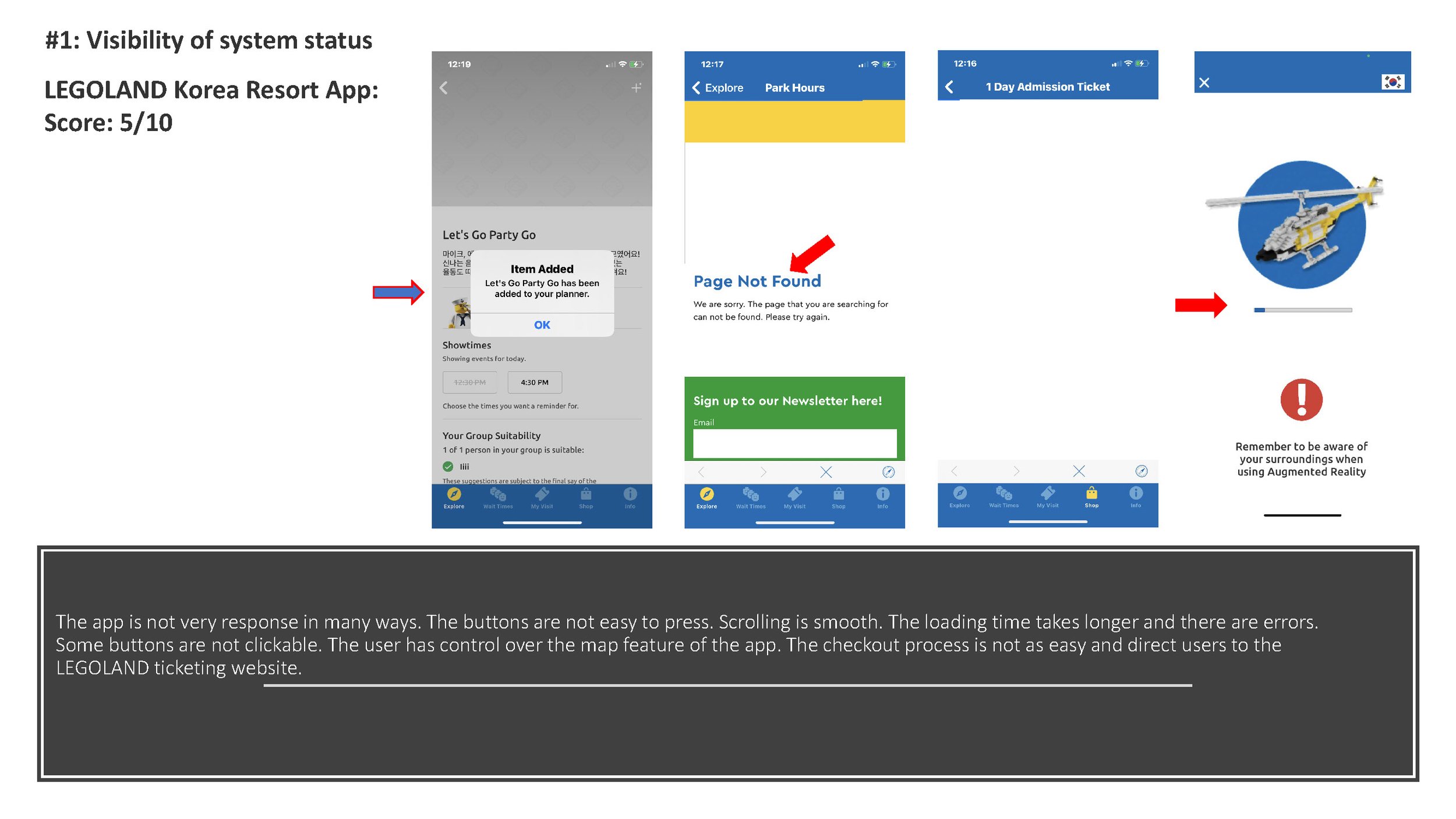A New Virtual Queuing Feature
For LEGOLAND Resort App
“Adventure awaits: dive into a world of LEGO Bricks”
Introduction:
As a former architect and art director for theme parks, my constant focus was on improving the user experience through the physical environment. Now, as a UX/UI designer, I am applying the same principles to digital product design. For this project, my objective is to enhance the digital experience for guests at theme park resorts by revamping the app and offering optimal solutions.
Role: Solo project. UX/UI designer
Tools: Pen & Paper, Figma, FigJam, Photoshop, and Marvel
Duration: 4 months
At a Glance
-
Theme park resorts are facing significant challenges in providing a consistent and high-quality guest experience across multiple locations. The management of theme park resorts is becoming increasingly difficult, especially with new generations of guests who demand accurate ride wait time information and effective queue line systems. While new digital technologies are being implemented to improve guest satisfaction, the results vary greatly, making it crucial for theme park brands to invest in the right software and hardware technologies that can deliver the desired outcomes. By addressing these challenges head-on, theme parks can ensure that their guests have an unforgettable experience every time they visit, which can lead to increased loyalty and revenue.
Problem
The quality of guest experience at theme parks varies dramatically. The LEGOLAND theme park brand with multiple locations struggles to provide a consistent experience to users.
The management of theme park resorts remain a challenge. New generations of theme park guests are demanding more accurate ride wait time information and more effective queue line systems.
New digital solutions such as theme park apps are being implemented into existing and new theme parks in hope of boosting guest satisfaction, but the results differ dramatically.
Solution
Following thorough initial research and user interviews, I have decided to develop new features for the existing LEGOLAND Resort app. The new features focus on tackling the issue of prolonged wait times for rides and attractions, placing a high priority on consistent guest satisfaction.
The introduction of virtual queue line system is set to drastically reduce wait times, enabling visitors to maximize their enjoyment without the frustration of long lines. The revamped app will provide real-time attraction statistics, empowering guests with informed decision-making for a more predictable and enjoyable LEGOLAND experience, underscoring the commitment to delivering a consistently elevated theme park encounter.
Desired Outcome
2 hours
of wait time reduction per guest for day visitors
10%
more engagement with theme park attractions
7%
less guest compliant about park services
Design Process
Non-linear
Table of Content
-
-
Brainstorm solutions based on the research and create HMW Statements and User Stories
-
Conduct card-sorting to best understand how to structure my app’s content. I create a sitemap and user flows of red routes for the app.
-
Sketch or design important screens of my proposed app and test a low-fidelity prototype.
-
Create wireframes for my red routes
-
Create a style guide
-
Create high-fidelity designs of my red route screens
-
Item description
-
Conduct two rounds of usability testing to gather insights and improve my product.
-
Iterate based on usability testing analysis and update screens
Secondary Research
Through academic studies, articles, and industry reports, I learned about the pain points and trends in the current themed entertainment industry.
84%
Empathize
of guests want an app enabling them to order food and drinks ahead so they can avoid queuing
68%
of respondents said the main reason they download a theme park app is to beat queues.
97%
will open their wallets if a park app has the right features in the US.
Competitive Research
After a thorough analysis of the current LEGOLAND New York App, I have identified areas for improvement and aspects that warrant additional user testing. This assessment encompasses a comprehensive evaluation of both the strengths and weaknesses inherent in the existing LEGOLAND App.
Heuristic Analysis Of Competitors
Screener Survey
In pursuit of a more comprehensive understanding of my target user demographic, my objective is to identify and engage with theme park app users. This initiative will set the stage for upcoming user interviews, allowing me to delve into their pinpoints and needs.
Participant Characteristics
Theme park goers
Smartphone user
Teenagers or adults
Budget Conscious
User Interviews
After carefully crafting my interview questions, I conducted 5 moderated interviews. During the interview, my main focus was on finding potential solutions to the following core questions:
What factors cause poor guest experience at theme parks?
What are some of the positive experiences people have?
What type of information do people want to get from theme park apps?
What are the negative experiences and frustrations people have at theme parks?
User Friction Point
Waiting in line for tickets
Ordering & collecting lunch
Queuing for rides
Deciding what to do & where to go
Preliminary insights
Preliminary insights from the interviews reveal that some guests depend on the official theme park app throughout their entire visit. Generally, visitors are tolerant of wait times up to 45 minutes. Enhancing the app with crucial information enables theme park guests to swiftly find answers, reducing the need to seek assistance from park employees.
Understand
Affinity Map
By distilling key interview conversations into concise phrases, I aim to gain a holistic perspective on the extracted data points. The subsequent phase involves organizing this information into categories, facilitating the identification of trends and patterns.









